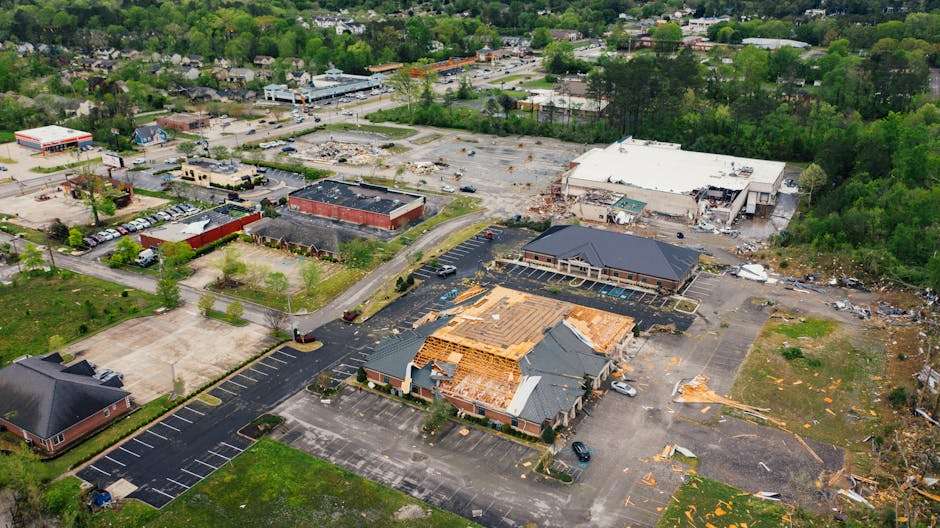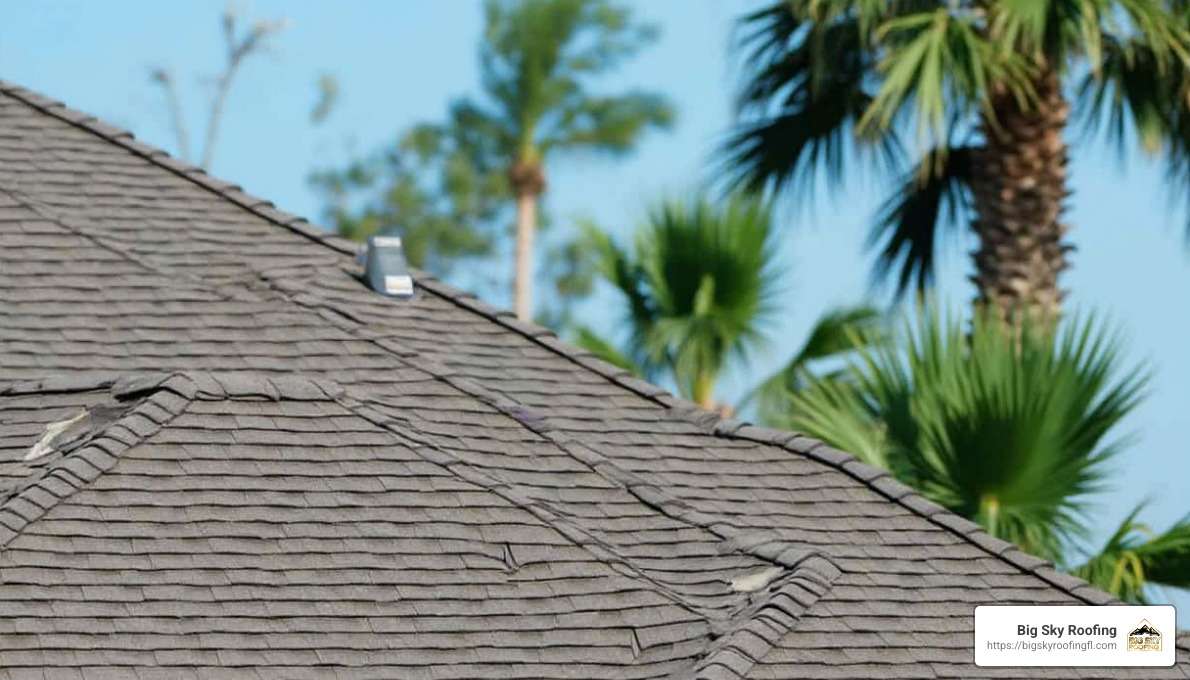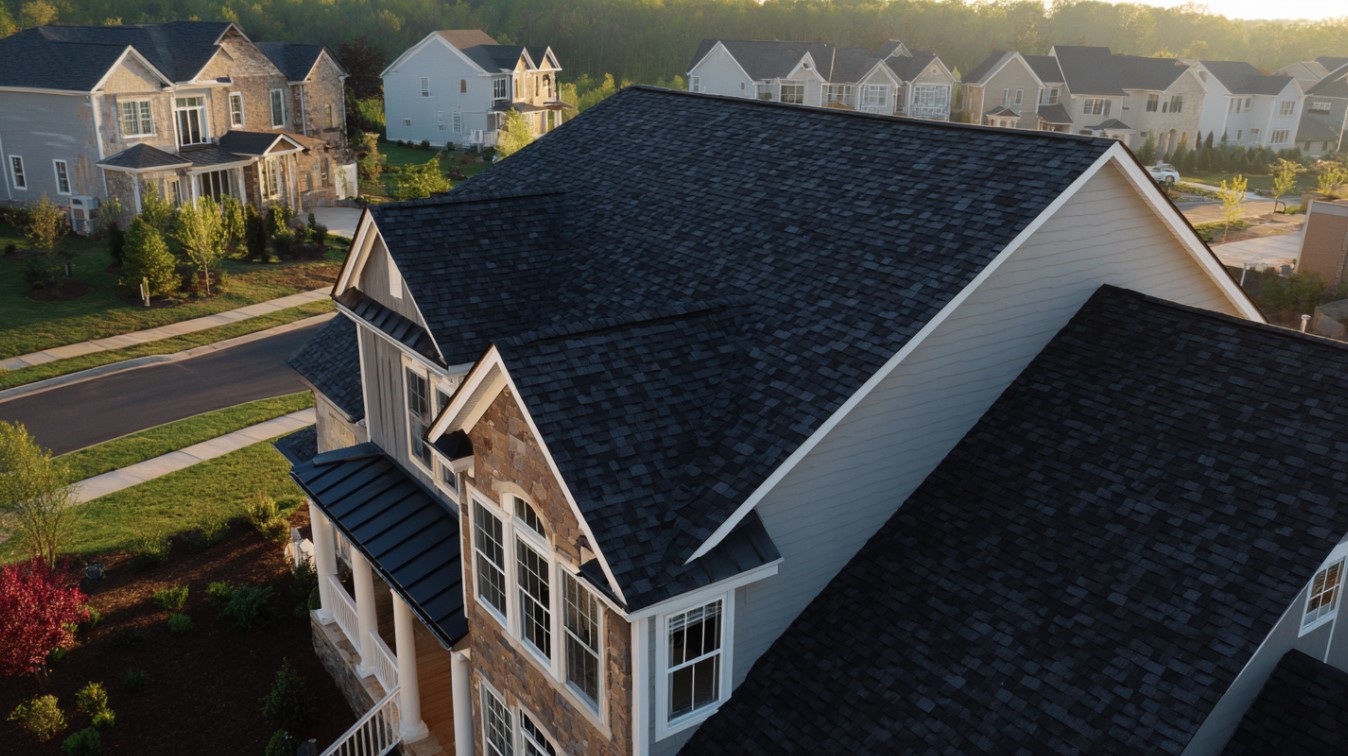Metal Roofs: The Hurricane-Proof Promise
•
Written By
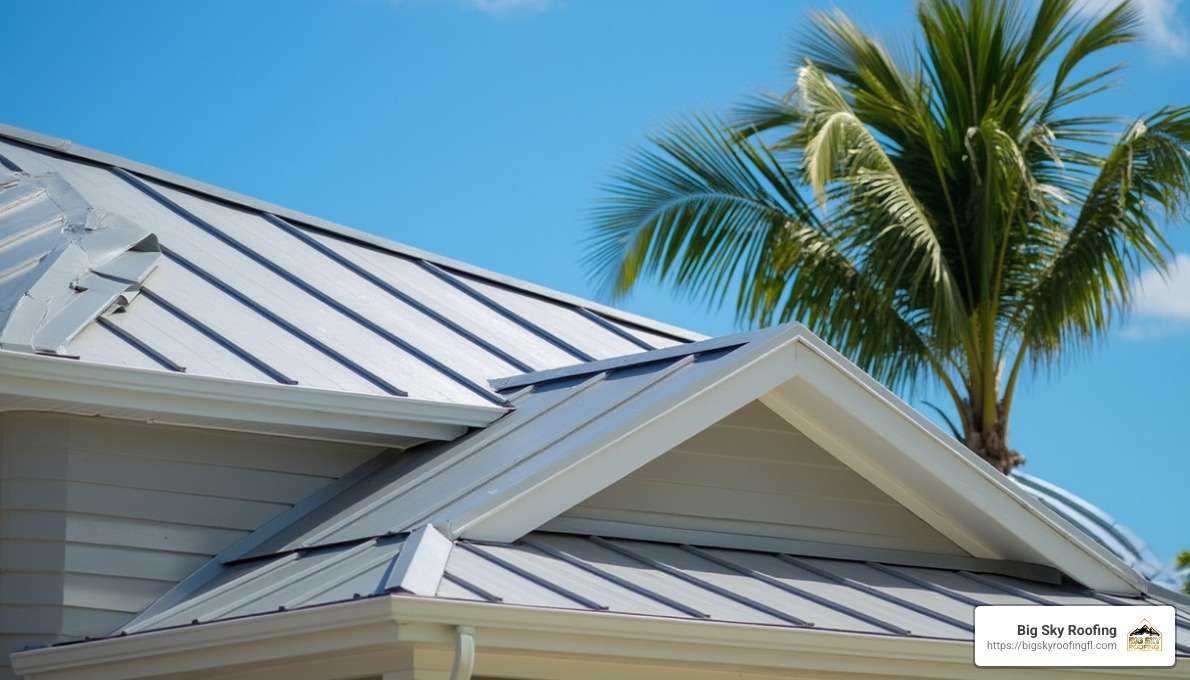
Is a metal roof hurricane proof? While no roof can be guaranteed to withstand every hurricane, a well-engineered metal roof offers impressive hurricane resistance. Here’s why metal roofs are a standout choice:
- Durability: Metal roofs can endure severe weather, often outlasting other materials.
- Wind Speed Resistance: They are designed to handle wind speeds often exceeding hurricane force.
- Impact-Resistant: Metal is less likely to be damaged by debris.
For Florida homeowners in areas like Sumter County, Lake County, and Orange County, the reassurance of a strong roof is crucial. Protecting your home from frequent and fierce storms can save you worry and repair costs.
Choosing metal roofing not only improves the safety of your home but also increases its value. This powerful combination makes metal roofs a preferred choice for those living in hurricane-prone regions. So, is a metal roof hurricane proof? Not entirely, but it’s the closest you can get.
Must-know metal roof hurricane proof terms:
– hurricane proof roof design
– hurricane resistant roofing materials
The Strength of Metal Roofs in Hurricanes
When it comes to durability, metal roofs are top-notch. They can last between 40 to 70 years, which is much longer than traditional asphalt shingles. This longevity is due to their resistance to the intense heat, rain, and wind of Florida’s climate. Unlike shingles, metal panels don’t rely on adhesives that can deteriorate over time.
Wind resistance is another area where metal roofs shine. Most metal roofing systems can withstand wind speeds up to 140 mph, which is far beyond the capabilities of standard asphalt shingles that only handle up to 60 mph. This is crucial for homeowners in Florida counties like Citrus County and Hernando County, where hurricanes are a common threat. The secret lies in the interlocking metal panels, which are designed to minimize the risk of wind uplift.


Impact resistance is equally important. During hurricanes, flying debris is a major concern. Metal roofs, especially those with a Class 4 Impact Resistance rating, can withstand these impacts without cracking or breaking. While other materials might shatter or split, metal roofs might only suffer minor dents, which do not compromise the roof’s integrity.
For residents in Marion County and Orange County, having a roof that can handle both the wind and debris of a hurricane is invaluable. The inherent toughness of metal, combined with the option for thicker gauge panels, makes it a reliable choice for protecting homes during severe weather.
In summary, while no roof is entirely hurricane-proof, metal roofs offer the best protection available. Their durability, wind resistance, and impact resistance make them a wise investment for those living in hurricane-prone areas.
Key Design Factors for Hurricane-Proof Metal Roofs
Creating a hurricane-proof metal roof involves several key design factors that ensure it can withstand the harsh conditions of a storm. Let’s explore these crucial elements: engineering, installation, and panel attachment.
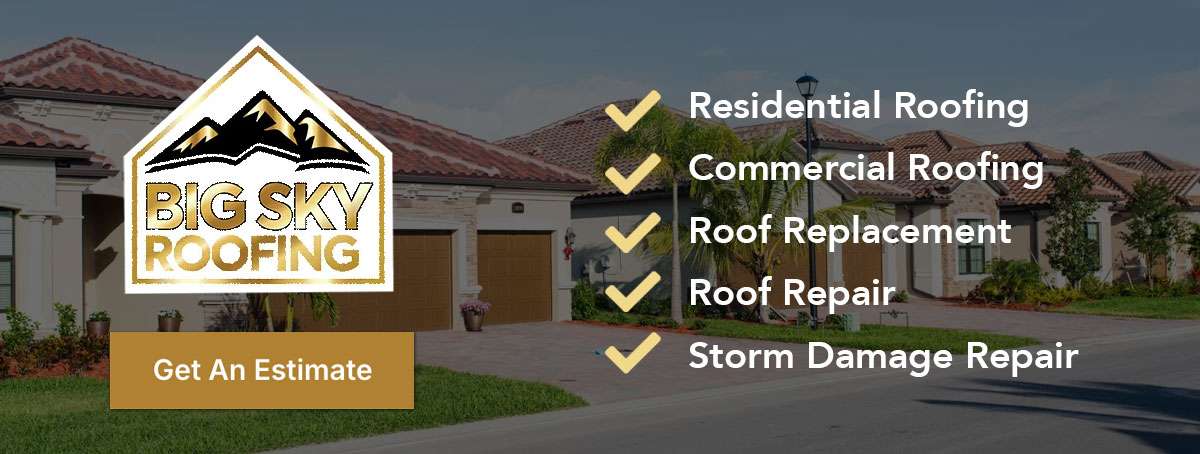
Engineering Excellence
Proper engineering is the backbone of a resilient metal roof. The first step is to consult with local engineers who specialize in building and construction, especially in hurricane-prone areas like Sumter County and Lake County. These experts can design a roofing system custom to withstand high winds and flying debris.
A well-engineered roof considers the spacing and size of the sub-structural framing. For example, purlins spaced closer together offer better support than those spaced further apart. Additionally, thicker decking materials provide more strength and stability.
Quality Installation
A perfectly engineered roof can still fail if not installed correctly. Installation quality is paramount. Choose experienced contractors who understand the nuances of metal roofing systems. The Metal Roofing Alliance warns against poor installation practices, which can lead to devastating failures during storms.
Proper clip spacing is critical. An engineer might suggest clips at 1’6” on-center, but an installer might mistakenly place them at 3’0” on-center, compromising the roof’s performance. Ensure that the installation follows the engineer’s specifications to the letter.
Secure Panel Attachment
The way panels are attached greatly influences a roof’s performance in a hurricane. Panel attachment methods vary, but mechanically seamed panels often offer the best wind uplift performance. These panels are tightly secured, reducing the risk of them being unsnapped by extreme winds.
Consider using narrower, heavier gauge panels for increased resistance. Galvalume and steel are popular choices, with Galvalume offering excellent corrosion resistance near saltwater areas. For homes within 1500 feet of saltwater, choose Galvalume or aluminum due to their rust resistance.
In conclusion, the key to a metal roof hurricane proof lies in meticulous engineering, high-quality installation, and secure panel attachment. By focusing on these factors, homeowners in Citrus County and Hernando County can improve their roof’s ability to withstand the fury of a hurricane.
Top Threats to Metal Roofs During Hurricanes
When a hurricane hits, even the most robust metal roofs face significant threats. Let’s break down the key challenges: panel uplift, water infiltration, and debris damage.
Panel Uplift
Panel uplift is a major concern during hurricanes. High winds create pressure differences that can lift panels off the roof. This is especially true for panels that aren’t properly secured. The uplift pressure can be intense, leading to partial or total roof failure.
Mechanically seamed panels are often recommended for their superior wind uplift performance. These panels are tightly secured, reducing the risk of being unsnapped during extreme winds. Proper clip spacing is also crucial. Incorrect spacing, such as placing clips too far apart, can severely compromise a roof’s ability to withstand high winds.
Water Infiltration
Water infiltration occurs when wind-driven rain finds its way under the roofing material. This can lead to leaks and water damage inside the home. Proper sealing and installation are vital to prevent this.
Concealed fastener systems offer better protection against water infiltration compared to exposed fastener systems. By hiding screws and sealing flashings, these systems provide a watertight barrier. It’s essential to ensure that all flashings are correctly installed to prevent wind-driven rain from penetrating the roof.
Debris Damage
Flying debris during a hurricane can cause significant damage to metal roofs. Debris can dent or puncture panels, leading to potential leaks and structural weaknesses.
Choosing heavier gauge panels can help mitigate debris damage. Thicker panels provide better resistance to impacts. Additionally, selecting materials like aluminum or Galvalume can offer improved durability, especially in coastal areas where saltwater corrosion is a concern.
In summary, addressing these threats involves careful consideration of panel attachment, water sealing, and material selection. By focusing on these areas, homeowners in Orange County and Marion County can better protect their homes from the destructive forces of a hurricane.
Metal Roof Hurricane Proof: The Best Practices
To make your metal roof as hurricane-proof as possible, focus on three key areas: proper engineering, installation quality, and material selection.
Proper Engineering
Proper engineering is the backbone of a resilient metal roof. Consult with an engineer to ensure your roof meets and exceeds local building codes, like those in Orange County and Marion County. This may include having project-specific calculations done. While this might seem like an extra expense, it’s a wise investment that can save you from costly repairs after a storm.
An example of the importance of engineering is the house in Mexico Beach, FL, which survived Hurricane Michael with minimal damage. The secret? Engineered building components designed for hurricane-force winds.
Installation Quality
The quality of installation plays a pivotal role in your roof’s ability to withstand a hurricane. Faulty installation is one of the leading causes of roof failure during storms.
Make sure your contractor uses the correct clip spacing and fasteners. For instance, clips placed too far apart can lead to panel uplift, a common failure during hurricanes. Ask your contractor about their experience and verify their credentials. According to Renee Ramey, MRA Executive Director, consumers should “beware of inferior material from unknown sources” and ensure contractors offer verifiable warranties.
Material Selection
Choosing the right materials is crucial for a metal roof hurricane proof system. Opt for mechanically seamed panels for improved wind resistance. These panels are less likely to be unsnapped by high winds.
For areas like Citrus County and Hernando County, where saltwater corrosion is a concern, consider materials like aluminum or Galvalume. These materials offer excellent durability and resistance to environmental stressors.
In addition, select heavier gauge panels to better withstand debris impacts. This is especially important in hurricane-prone regions where flying debris can cause significant damage.
By focusing on these best practices, homeowners in Sumter County and Lake County can significantly improve their roof’s resilience against hurricanes.
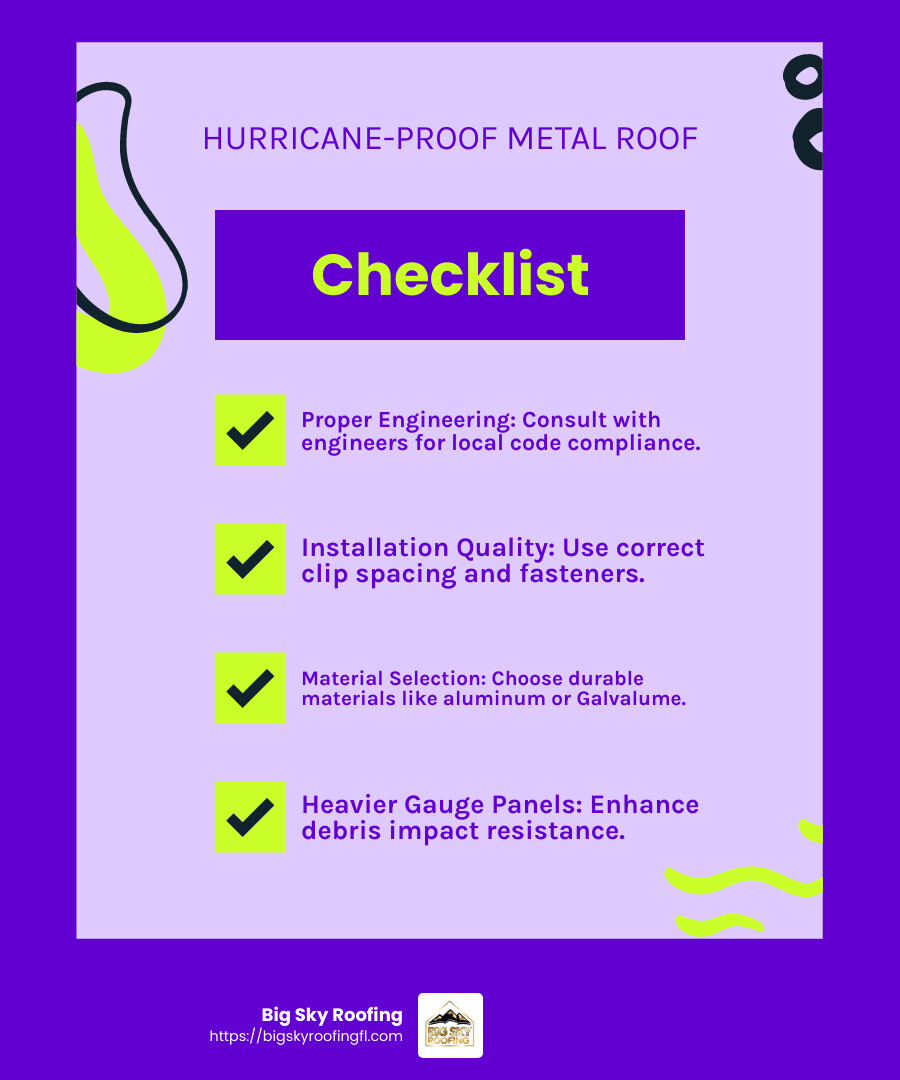

Frequently Asked Questions about Metal Roof Hurricane Proof
Will a metal roof withstand a hurricane?
Yes, a metal roof can withstand a hurricane, but its performance depends on several factors. Wind resistance is crucial. Metal roofs are designed to handle high wind speeds, often exceeding local building code requirements. For instance, HURRICANE® Metal Shake has been tested to withstand winds up to 220 miles per hour.
Another important factor is the impact rating. Metal roofs with a Class 4 impact resistance rating are designed to endure the harsh impacts of debris during a storm. This makes them a reliable choice for hurricane-prone areas like Sumter County and Lake County.
What is the strongest roof for a hurricane?
The strongest roof for a hurricane is typically a metal roof. Metal roofing is favored for its durability and wind resistance. It can be engineered to handle extreme wind speeds and is less likely to blow off compared to traditional shingles. The mechanically seamed panels used in some metal roofs provide additional security against high winds.
In Citrus County and Hernando County, where hurricanes are a concern, metal roofs are a popular choice due to their ability to withstand both the wind and the saltwater environment.
What wind speed can a metal roof withstand?
Metal roofs can withstand impressive wind speeds, often up to and beyond 156 mph, which is the threshold for a Category 5 hurricane. The wind uplift tests conducted on metal roofs, like those on HURRICANE® Metal Shake, demonstrate their ability to stay intact under extreme conditions.
For residents in Orange County and Marion County, choosing a metal roof with a high wind rating can provide peace of mind during hurricane season. Always ensure that your roof is installed by experienced professionals who understand the importance of proper clip spacing and fastener placement to maximize wind resistance.
By understanding these key aspects, homeowners can make informed decisions about their roofing options, ensuring their homes are better protected against the next big storm.
Conclusion
At Big Sky Roofing, we take pride in our commitment to providing superior craftsmanship and exceptional customer service. With over 25 years of experience in the roofing industry, we understand the importance of a strong, reliable roof, especially in hurricane-prone areas like Sumter County, Lake County, Citrus County, Hernando County, Orange County, and Marion County.
Our expertise in installing metal roof hurricane proof systems ensures that your home is well-protected against the extreme weather conditions Florida can face. We emphasize proper engineering and installation quality, ensuring that every roof we install meets the highest standards of safety and durability.
We believe that a well-installed metal roof not only offers protection but also adds value to your home. Our team of skilled professionals is dedicated to delivering the best results, using high-quality materials and the latest roofing techniques. We work closely with each client to tailor our services to their specific needs, providing transparency and clear communication throughout the process.
Whether you’re in need of a new roof, repairs, or an upgrade, Big Sky Roofing is here to help. Explore our services to see how we can assist you in safeguarding your home with a metal roof that stands strong against hurricanes.
Choosing Big Sky Roofing means choosing peace of mind. With our focus on durability, customer satisfaction, and expert craftsmanship, you can trust us to protect your home and family, no matter what the weather brings.

